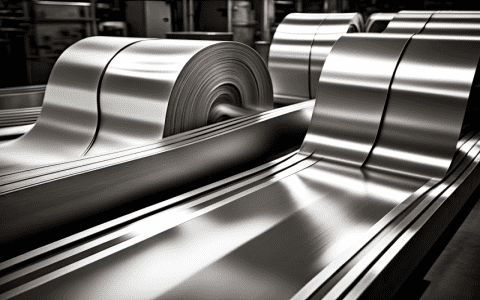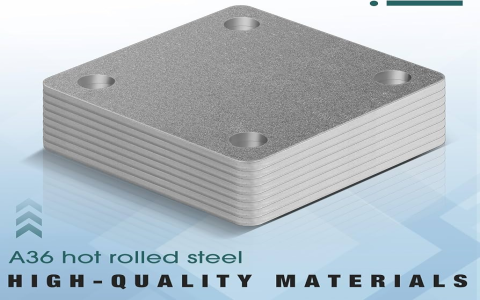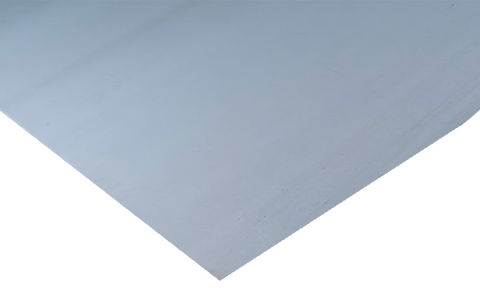You know, “drawn steel” is that kind of steel, not like the rough ones but a bit polished, looks smooth and shiny. Now, folks may think, why do we need something like that? I tell you, there’s a reason! This steel, it’s made a bit differently. Instead of heating it up and smashing it with a hammer, they pull it through this small opening — a die, they call it. Just imagine threading a needle but with steel! Sounds odd, right?
What’s Drawn Steel All About?
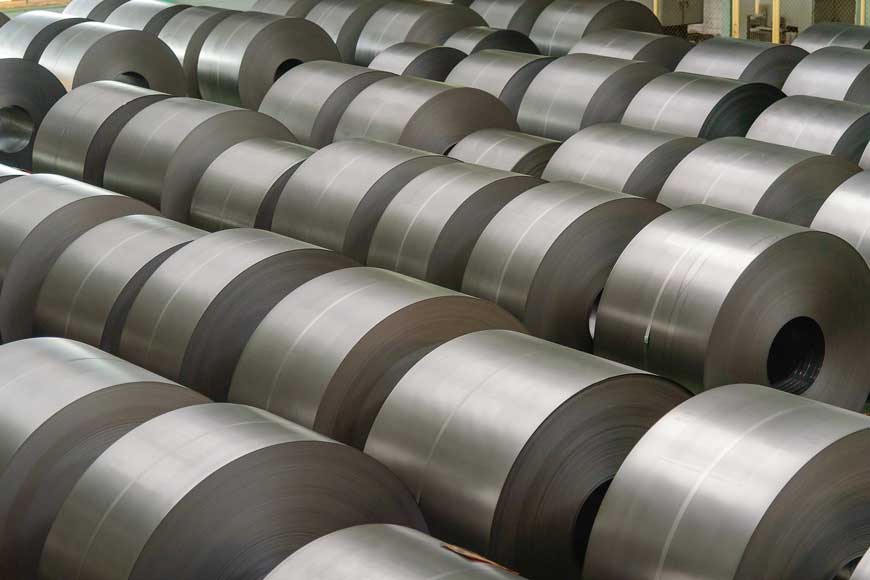

Now, drawn steel ain’t your regular, rough-around-the-edges metal. It’s handled in a special way. This whole process goes on without heat, so they call it “cold-drawn steel.” Instead of being pounded flat like them hot steels, they squeeze it through that tiny hole, making it stretch long and thin. Just like when you stretch out dough for noodles — only this is way tougher, of course.
How Is Drawn Steel Different from Rolled Steel?
Ah, now this is where folks might get confused. There’s cold-rolled steel and cold-drawn steel. Sounds similar, but don’t let that fool you! Cold-rolled steel, see, is pressed flat by some rollers, good for making sheets. But drawn steel? Well, it goes through that die like I said, making it round or into other shapes that aren’t flat. It’s like the difference between rolling dough and pulling dough – you get a whole different shape in the end!
Why Cold Drawing Matters
Drawing steel this way keeps it strong and gives it a nice finish. No need for heat, which means it stays tough, and when it comes out the other side, it’s smooth as a polished stone. For things like car parts or even them small pieces in your tools, cold-drawn steel’s the way to go. It doesn’t just look good; it holds together well, lasts longer too. People see it and think, “Yep, that’s quality.”
Where Do We Use Drawn Steel?
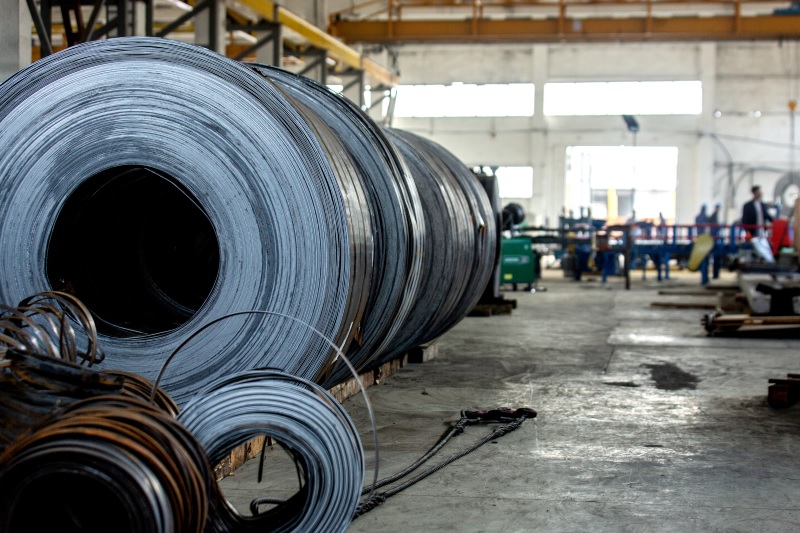

Folks might be surprised where drawn steel shows up! It’s in everyday things, like in cars, bikes, even furniture sometimes. All those fancy rods and bars, yeah, they’re likely made from this steel. It’s strong but not too heavy, just right for parts that need a bit of extra care and shine.
- Car axles and shafts – these need to be strong and smooth.
- Bicycle parts – sturdy and lightweight makes a good ride.
- Furniture frames – makes them last longer.
- Household tools – like wrenches and screwdrivers that we use every day.
The Differences Between Black Steel and Drawn Steel
Now, there’s something called black steel too. Black steel, see, is a whole other ball game. It’s usually rough, unpolished, and, well, black-looking. Cold-drawn steel, on the other hand, is bright, shiny, and much neater. It’s like comparing fresh apples to dried ones – both are good, but one’s just handled in a way that makes it look a bit finer.
Benefits of Using Drawn Steel
So why all the fuss about drawn steel? Well, it’s got its perks, let me tell you.
- Better Finish – Looks smooth, not rough like some other metals.
- Higher Strength – Keeps its strength without all that heating and hammering.
- Less Wear and Tear – Lasts longer, especially for things we use every day.
When you need something that won’t rust too quick or lose its shine, drawn steel’s the ticket. So, it’s no wonder it’s used in places where both look and strength matter, like in your favorite tool or that fancy-looking car part.
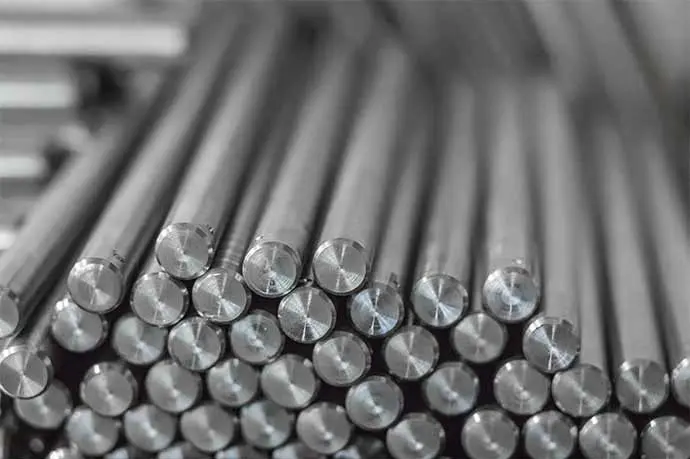

Conclusion
All in all, drawn steel may seem like fancy talk, but it’s just a smart way of making metal look better and last longer. It’s good stuff, really. You don’t have to be an expert to see the value in that smooth, shiny finish and the strength that lasts. So next time you pick up a tool or see a smooth metal rod, you’ll know – that’s likely drawn steel at work, making things just a little bit better.
Tags:[drawn steel, cold-drawn steel, steel benefits, uses of drawn steel, types of steel]
